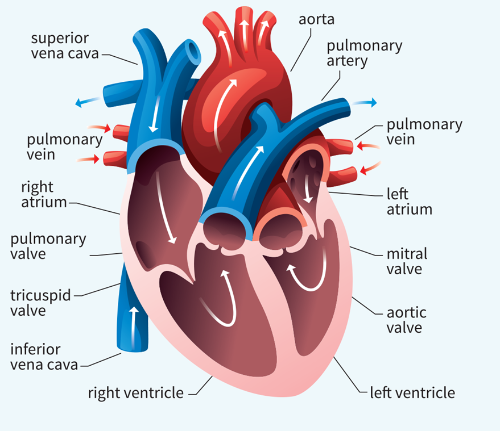Introduction
Substantial progress has been made over many decades in improving the cardiovascular health of Australians. Death rates have fallen, levels of certain risk factors have improved and there have been major advances in prevention, treatment and management.
However, illness, disability and premature death from heart, stroke and vascular disease and their comorbidities continue to impose a large burden on Australians. Health care expenditure is high, and the number of people with cardiovascular disease (CVD) is expected to increase in the future as the population ages.
Some populations have higher rates of illness and death from CVD than others, particularly Aboriginal and Torres Strait Islander people, people who are socioeconomically disadvantaged and those living in remote areas of Australia.
Some of the illness and premature death caused by heart, stroke and vascular disease can be prevented. Many Australians remain at high risk of CVD because of unfavourable levels of risk factors that can be modified—high blood pressure and abnormal blood lipids, smoking, overweight and obesity, insufficient physical activity and poor diet. Improved diagnostics, therapies and management will also contribute to future declines in cardiovascular morbidity and mortality.
What is heart, stroke and vascular disease?
Heart, stroke and vascular disease—also known as cardiovascular disease or CVD—is a broad term that describe the many different diseases and conditions that affect the heart and blood vessels.
Two common types of CVD in Australia are coronary heart disease and stroke. These, and other cardiovascular conditions are described separately in this report.
Many forms of CVD are caused by atherosclerosis. This is a condition where deposits of fat, cholesterol and other substances build up in the inner lining of the arteries to form plaque. Atherosclerosis can reduce or block blood supply to the heart (causing angina or heart attack) or to the brain (causing stroke). The process leading to atherosclerosis is slow and complex, often starting early in life and progressing with age.
Figure 1: Anatomy of the heart



